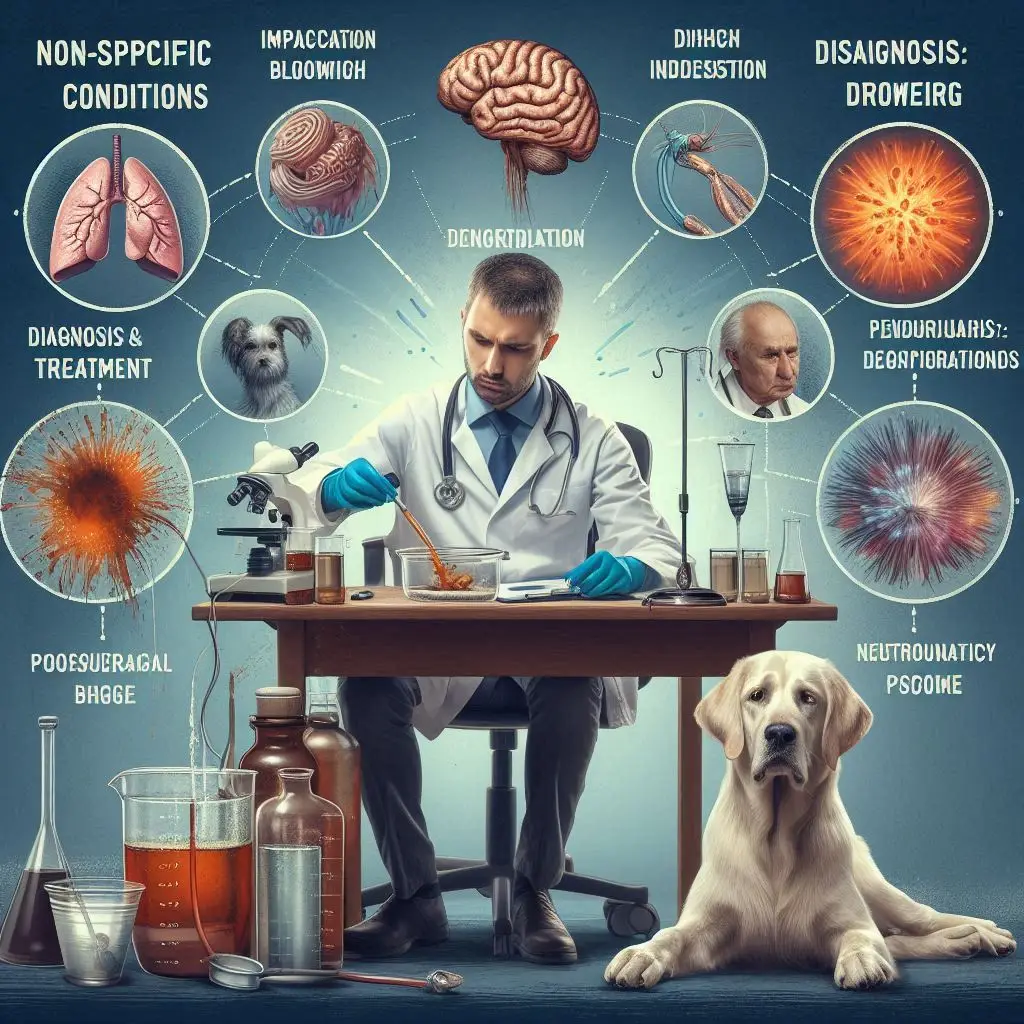Canine Epilepsy

Understanding Canine Epilepsy
Epilepsy in dogs is due to abnormal brain activity. The condition can be genetic, idiopathic, or caused by underlying health issues. The American Kennel Club explains that certain breeds are more prone to epilepsy.
Types of Seizures in Dogs
Generalized Seizures
These seizures affect the entire body. Dogs may collapse, paddle their legs, or lose consciousness. They can last a few seconds to several minutes.
Partial Seizures
Partial seizures involve specific body parts or behaviors. A dog may exhibit unusual movements, such as twitching or repetitive licking. Sometimes, behavioral changes like sudden aggression occur.
Diagnosing Canine Epilepsy
Diagnosis involves a combination of clinical history, examination, and tests. The American College of Veterinary Internal Medicine provides guidelines for diagnosing neurological disorders in pets.
Steps in Diagnosis
Clinical History & Examination
Vets ask about seizure frequency, duration, and possible triggers. A detailed medical history helps rule out other conditions.
Laboratory Tests
Bloodwork checks for metabolic disorders. Liver and kidney function tests identify underlying causes. Cornell University’s College of Veterinary Medicine provides more information on blood test interpretations.
Advanced Imaging
MRI and CT scans assess brain abnormalities. The Veterinary Neurology Center highlights how imaging helps detect structural issues.
Cerebrospinal Fluid (CSF) Analysis
CSF analysis detects infections or inflammation in the brain. This test is crucial in ruling out diseases like meningitis.
Electroencephalography (EEG) Recording
EEG measures brain activity and identifies seizure patterns. The International Veterinary Epilepsy Task Force outlines EEG’s role in epilepsy diagnosis.
Treatment and Management of Canine Epilepsy
Treatment aims to reduce seizure frequency and severity. Most dogs require lifelong management.
Medications for Canine Epilepsy
Common Antiepileptic Drugs
- Phenobarbital – A first-line drug for seizure control. It requires regular blood monitoring.
- Potassium Bromide – Often used with phenobarbital for better seizure control.
- Newer Medications – Drugs like levetiracetam and zonisamide offer alternatives with fewer side effects. VCA Animal Hospitals provides more details on these medications.
Additional Therapies
Dietary Changes
A ketogenic diet may help reduce seizures. Royal Canin offers specialized diets for epileptic dogs.
Alternative Therapies
Acupuncture and chiropractic care may benefit some dogs. The American Holistic Veterinary Medical Association discusses alternative treatments for epilepsy.
Managing Seizures at Home
Pet owners must create a safe environment for epileptic dogs.
Emergency Care Plan
What to Do During a Seizure
- Keep the dog away from sharp objects.
- Avoid touching its mouth to prevent accidental bites.
- Time the seizure duration. If it lasts over five minutes, seek emergency veterinary care.
Post-Seizure Care
After a seizure, dogs may be disoriented. Provide a calm, quiet space for recovery. The American Veterinary Medical Association provides guidance on post-seizure care.
Importance of Regular Veterinary Check-Ups
Veterinary visits help monitor medication effects and adjust dosages. Routine tests ensure there are no adverse drug reactions. The American Animal Hospital Association emphasizes the importance of regular health assessments for epileptic pets.
Conclusion
Canine epilepsy is a manageable condition with the right treatment and care. Early diagnosis, medication, dietary changes, and alternative therapies help improve a dog’s quality of life. Regular veterinary check-ups ensure effective treatment. If your dog experiences seizures, consult a vet immediately to create a tailored care plan.
More From Animal Diseases:
Equine Myoglobinuria






Responses